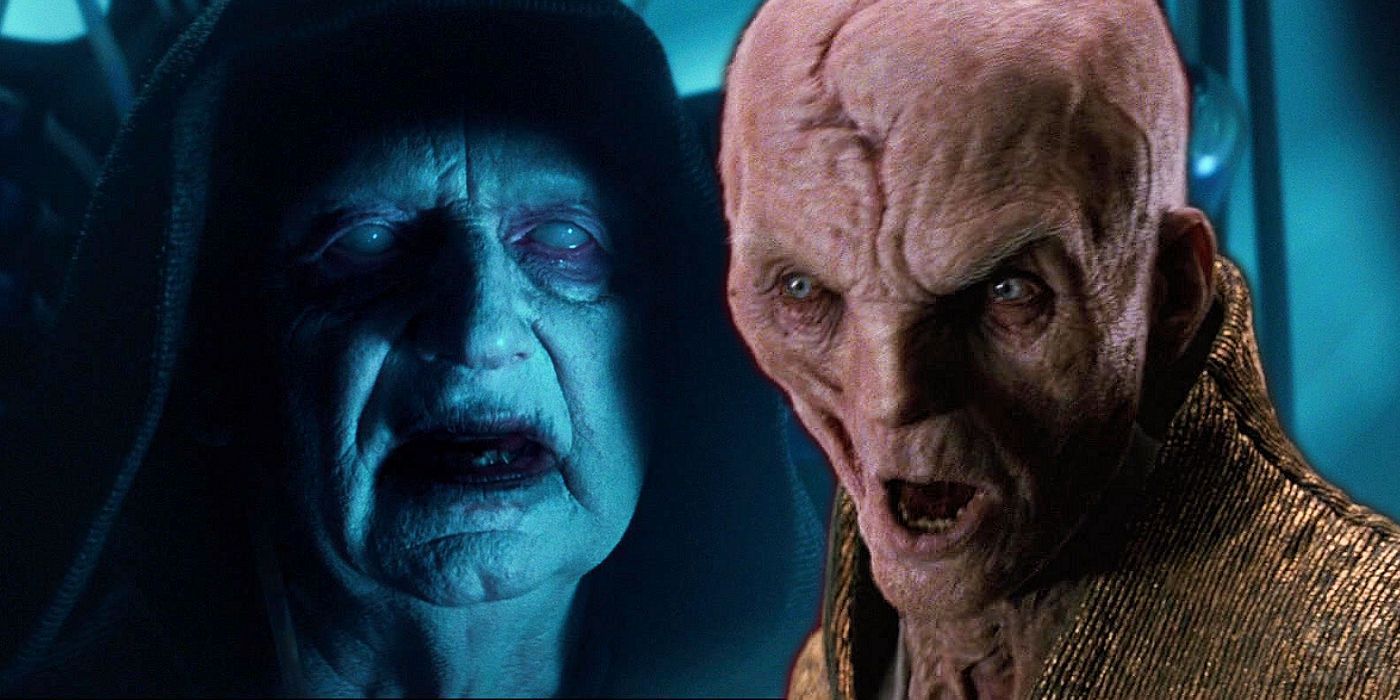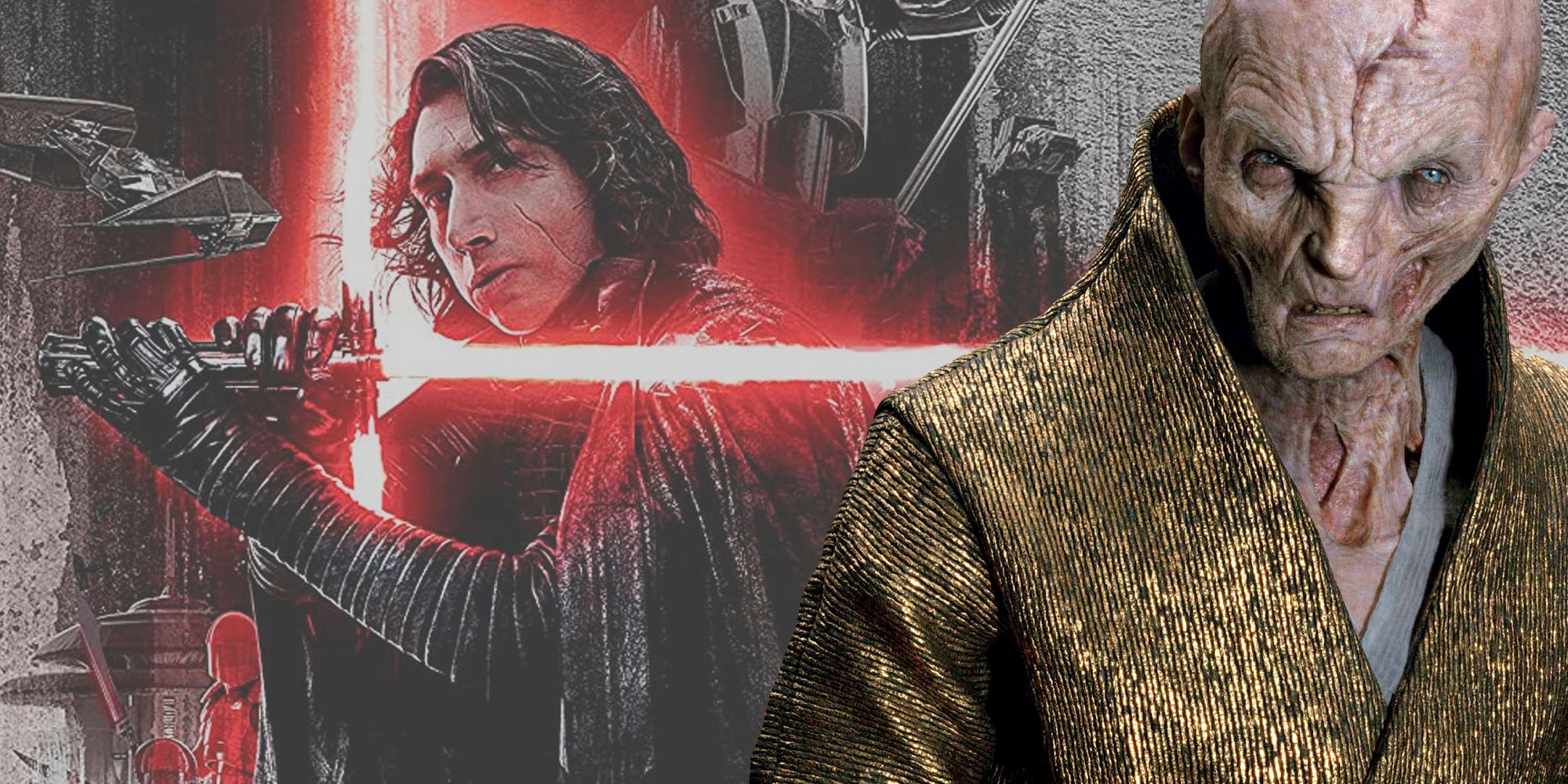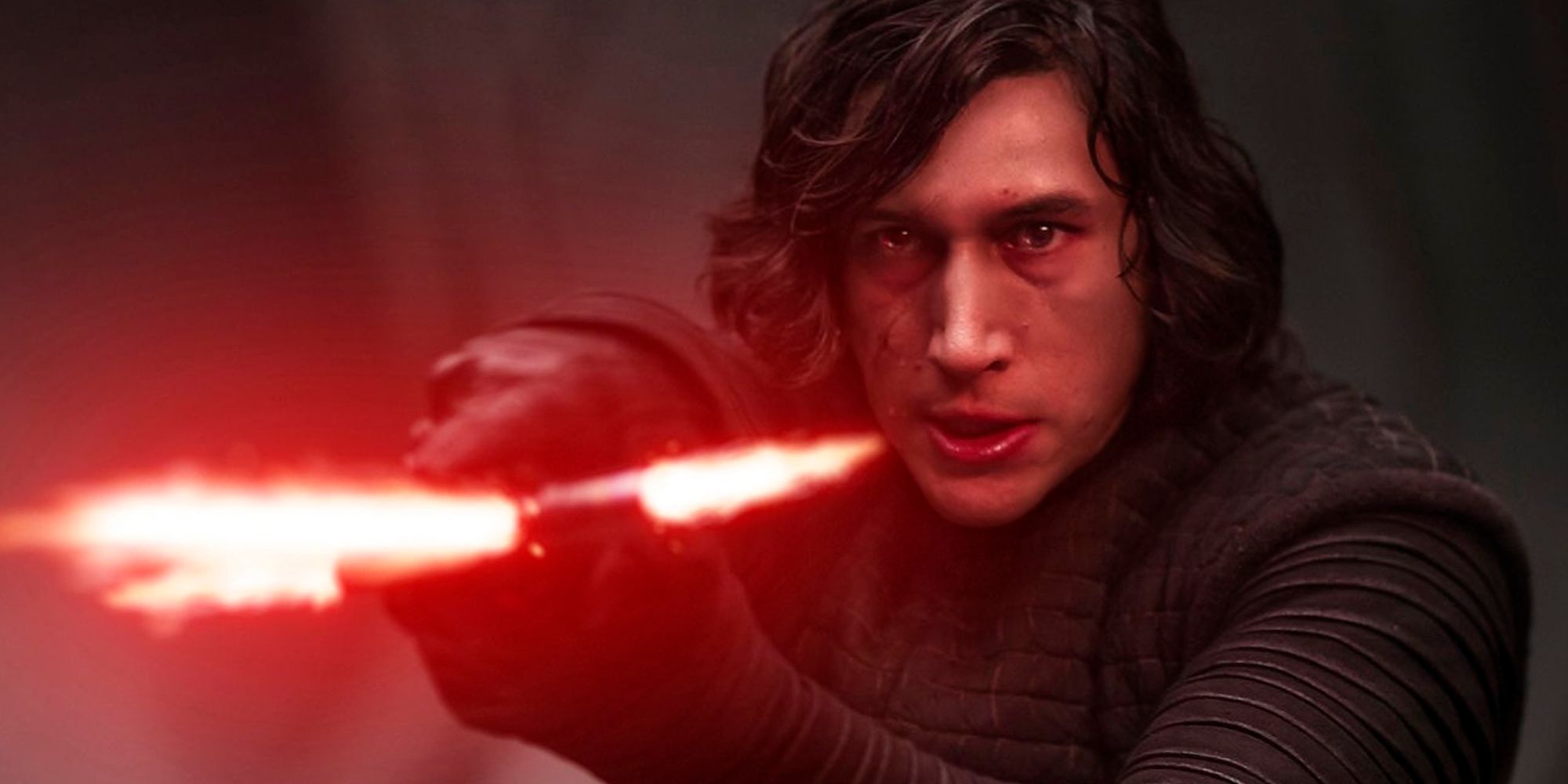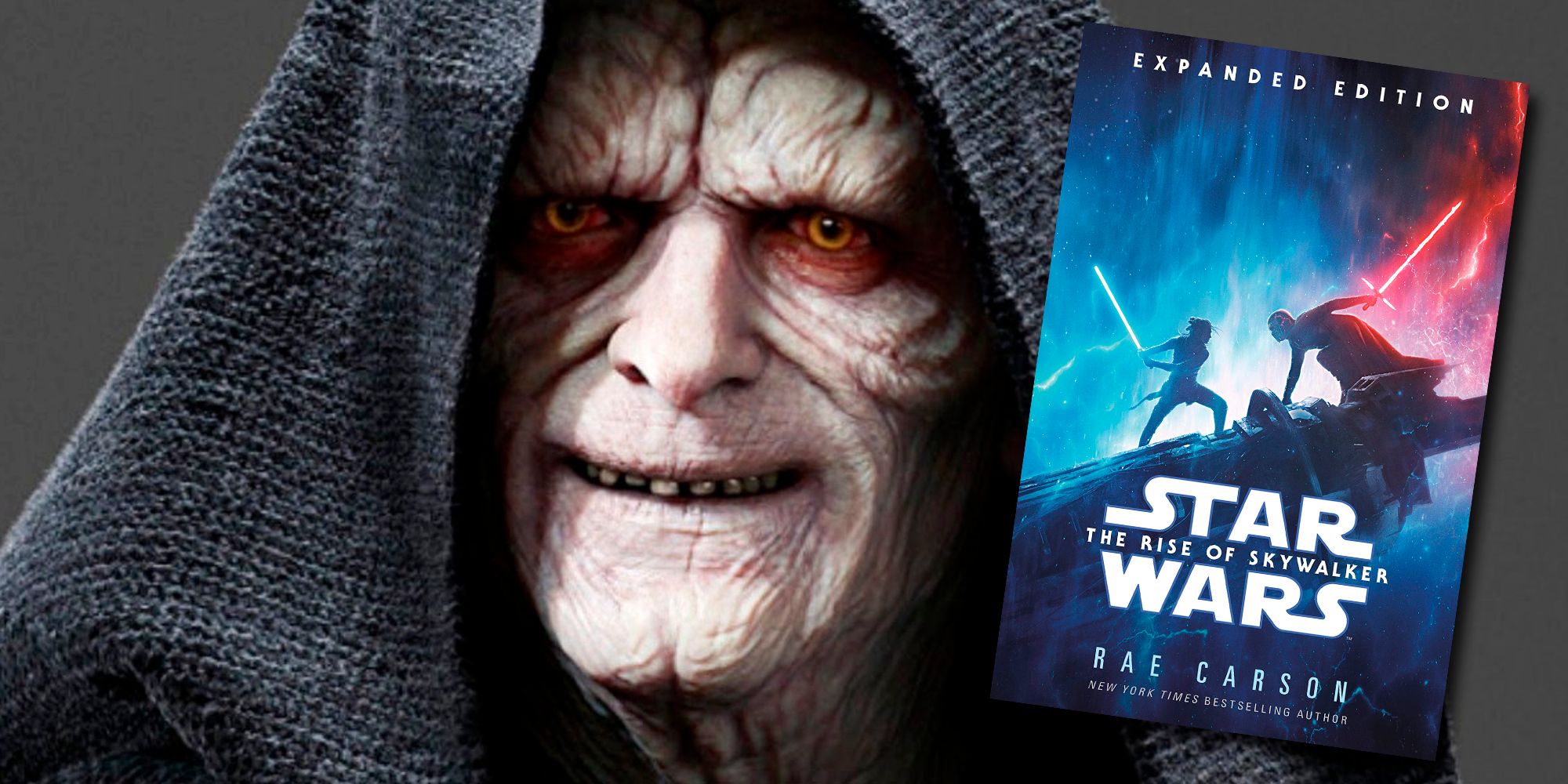
Star Wars: The Rise of Skywalker's villain problem wasn't Palpatine, but events in Star Wars: The Last Jedi. Rian Johnson's movie was certainly divisive, and no matter which side of the argument someone falls on, it is undeniable that both films ended up going in completely different directions, both story-wise and in tone. One major change caused by this was Palpatine's introduction as the main villain of J.J. Abrams' The Rise of Skywalker. His late addition came with no setup and little explanation, making him an unsatisfying final villain for the trilogy.
Except for Darth Vader, the Star Wars movies are generally not concerned with developing their villains beyond their goals; however, any character can be a great villain when used right. In the original trilogy, the Emperor appeared in a single scene in The Empire Strikes Back. His role in The Return of the Jedi isn't much bigger, yet he was an effective opponent, creating tension between Luke and his father and tempting both with the dark side. Thanks to the world-building and character arcs from previous movies, the audience knew he was powerful and a real threat. The stakes were high, and the danger felt genuine. The same can't be said for The Rise of Skywalker.
Without the help of Star Wars: The Force Awakens and The Last Jedi, the last movie had no way of making Palpatine feel like a real threat to Rey and the Resistance. The first movie focused on establishing the Resistance and the First Order while the second spent its runtime tearing both of these groups apart. The Resistance lost most of its numbers while the First Order had a vital change in leadership. Satisfying or not, these changes essentially threw away all the previous world-building. Any movie that came after The Last Jedi had to either start from scratch or ignore what happened; The Rise of Skywalker did both.

The decision to kill Snoke wasn't necessarily a bad one. Before The Last Jedi, many had complained Snoke was merely a copycat of the Emperor and nothing else. In The Force Awakens, he was just one more question set up by Abrams' infamous mystery box. He was a character that offered nothing but the promise of a better version in the future. Snoke did indeed hold the potential to be interesting, just like the Emperor in The Empire Strikes Back. However, even if his role in The Last Jedi had been properly developed, he would never be more than a shadow of Palpatine. Instead, the movie made the risky move of killing him off.
The problem wasn't the demise of Snoke, but the lack of a suitable replacement for him. The end of a trilogy requires a truly dangerous and powerful threat to wrap up the movies properly. Without a larger villain, the story became aimless. And by the end of The Last Jedi, Rey had no clear mission or larger goal to achieve, and that continued to be a problem in The Rise of Skywalker. Kylo Ren was supposed to be her Darth Vader, but The Last Jedi also wanted him to be the Emperor.

The events of The Last Jedi made Kylo Ren into both Darth Vader and the Emperor. Rey wanted to redeem him, but his position as Supreme Leader meant she also had to kill him, conflicting with her subplot of "fixing" the Jedi. And converting him back to a hero wouldn't be as satisfying. Unlike Darth Vader, his loyalties were already in question. On one hand, The Last Jedi attempted to use Snoke's death to push Kylo Ren as the main villain of the next movie. On the other, it spent much of its runtime humanizing Kylo and building his connection to Rey.
So, we were left to wonder: was Kylo beyond redemption and a real threat to Rey, or was he just one step away from going back to the Light Side? This conflicting message meant he could no longer properly perform the role of Emperor nor of Darth Vader, preventing him from being a satisfying main villain for The Rise of Skywalker. Just like the Sith, two were needed: the antihero to be redeemed and the evil master that is the real threat.

Knowing a bigger threat than Kylo Ren was needed, The Rise of Skywalker brought back Palpatine. Although Palpatine's role was set up well in the books, neither The Force of Awakens nor The Last Jedi hinted he was the one behind Snoke and the First Order. While the material outside the movies is good, it could never replace development on the big screen.
Much of what is known about the Emperor's return comes from the novelization, and while the information in those is interesting, it would've been far more satisfying to see his return on the screen. A single scene in The Last Jedi might've solved a lot of problems. Instead of focusing on a boy with a broom, perhaps the movie could've ended with Kylo Ren receiving a mysterious message with a familiar voice inviting him to Exegol. This would've given fans the confidence that The Last Jedi was setting up something, instead of just tearing everything down.
The Rise of Skywalker would then spend its first minutes doling out the exposition of the cloning process that resurrected the Emperor and setting up Kylo as his new apprentice. Unfortunately, that had no way of happening because it appears Disney had no defined plan for Star Wars' sequel trilogy. There was no way of setting up Palpatine, because they didn't know they would need him in the first place.

If Palpatine's return was weak, it might've been worse to introduce an entirely new villain. The Rise of Skywalker needed to wrap the entire saga while also answering the questions the other two movies had set up, such as Rey and Kylo's connection, the origins of Snoke, the future the Jedi, the Resistance conflict with the First Order, and much more. With so much needing to be said, it would be impossible to create a completely new character with no prior stakes in the story and convince audiences he or she was the real threat. At least Palpatine was already familiar to the general public, and fans knew he had a history of manipulating events behind the scenes, ready to strike at the perfect moment.
Since the options were limited thanks to The Last Jedi, while not perfect, Palpatine was the better choice of villain for The Rise of Skywalker. Without a plan set in stone, Abrams could only work with the events that came before, and this resulted in an uneven movie that struggled to find its story.
from ScreenRant - Feed https://ift.tt/3fckWyq


0 Comments